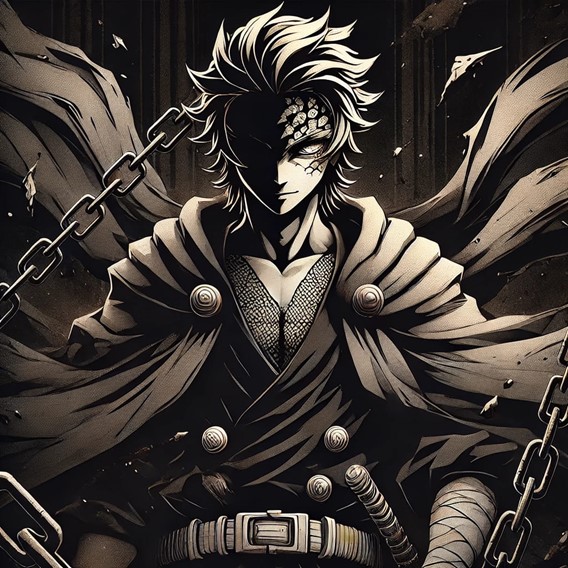5 Excellent Ways That Will Help Your Child Love Math
Math has often been one of the least favorite subjects among students. This is largely due to how challenging it can be. But you have the power to change that, and here are some excellent ways on how you can help your child learn to love math.
But before we dive in, remember that we simply can’t know how far each individual child will go in their proficiency at math. No parent or educator should make a quick judgement based on their present abilities. The focus here should be on “lighting a spark” in the child’s mind, showing how exciting and rewarding math can be in challenging the mind and solving problems.
Ways That Will Help Your Child Love Math
1. Expose your Child to Math Games
Fun is an essential element to what kids will love. And what’s more fun for your child than games? Luckily for Math, there are now a lot of games that parents can use to help make learning math more enjoyable. There are also various levels of games that you can come across so whatever age your child may be, there is bound to be a Math game that’s a right fit for him. Not only will your child have fun because he’s playing games, but he will also learn math at the same time.
Incorporating math games into your child’s routine can turn learning into an enjoyable experience, making math less intimidating and more engaging.
2. Engage in Math Challenges
You can take a step up from math games and engage in more brain-teasing math challenges. On one angle, math challenges are a few notches higher than math games in terms of difficulty, but with an opportunity to win a reward, your child would be glad to participate. What’s great with this is that your child will be well-suited with the needed thinking skills to face math problems in schools because of this. You can find a lot of engaging math challenges online that you and your child can engage in.
By participating in math challenges, your child can develop critical thinking skills and a sense of accomplishment, making math both fun and rewarding.
3. Make Math Questions More Relatable
Math talks about a lot of numbers, and most of the time, that’s just what they are – numbers. With that, it would be a good idea to make math questions more relatable. For example, when your child asks about division, you can help him visualize it by talking about a cake. Or when possible, you can use toys to visualize math questions.
It’s not always easy to find good math sources do this but, when the chance arises, it’s always great to make examples out of relatable ideas or tangible items.
Relating math problems to real-life scenarios helps children understand concepts better and see the practical applications of math in everyday life.
4. Avoid Repetitive Math Exercises
Your child will easily hate something that he has to repeat over and over again – especially when such activity is not fun. One good example is working with boring math flash cards. It’s best to avoid overusing any math tool, so that your child doesn’t get bored with it, and Math in itself. Of course, these tools are helpful so you may use them once in a while. And with the help of rewards, you can make your child like these math tools a bit more. The key is to strategically use these math tools without overusing them.
Using a variety of math activities keeps learning fresh and engaging, preventing boredom and frustration.
5. Set the Right Attitude on Math
One overlooked way in shaping your child to love math is the parent’s attitude towards it. Some parents face the other way when faced with math questions from their children. This leads to a child thinking that Math is something that should be avoided. As parents, set an example for your child and be a little more positive towards Math.
Your positive attitude towards math can inspire your child to approach the subject with curiosity and confidence, creating a more supportive learning environment.
Of course, not all parents are well-versed on Math, especially if we’re talking about more advanced math topics for more advanced students. And for such cases, it could help if you seek math tutoring services. A dedicated math tutor is equipped with the right skills and tools that can help your child learn math effectively. Furthermore, math tutoring specialists are also equipped with the right teaching strategies that will help your child find math more engaging and fun.
The Wrap Up: Math Today and Beyond
Parents are in the forefront of the movement on making Math more fun. They help lay the groundwork at home to support teachers in school who have the expertise to fuel a child’s passion for math. Whether a child is struggling with math or has a natural aptitude to succeed, parents, teachers and math tutoring specialists all work together toward to ensure next generations to see Math in a better light.








